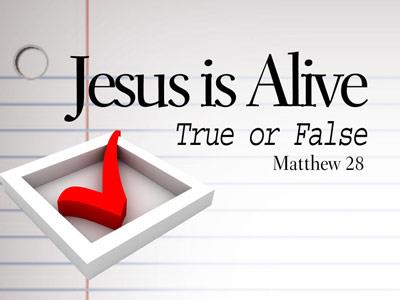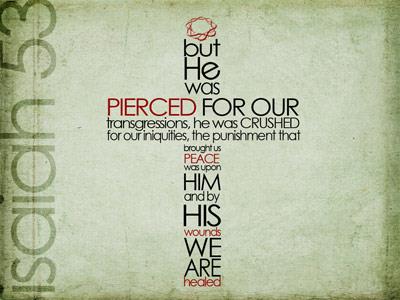-
Maundy Thursday Is A New Passover
Contributed by Ronald Harbaugh on Mar 17, 2008 (message contributor)
Summary: A sermon for Maundy Thursday, Series "A"
Maundy Thursday, March 20, 2008 “Series A”
Grace be unto you and peace, from God our Father and from our Lord, Jesus Christ. Amen.
Let us pray: Dear Heavenly Father, we come before your altar as your people, baptized into the death and resurrection of your Son, Jesus the Christ. Through the power of your Holy Spirit, enable us to gain a greater appreciation for your love, which embraces and sustains us in our pilgrimage here on earth, and grant us increased faith, that we might live our lives more fully reflecting your love to those around us. This we ask in Christ’s holy name. Amen.
Our lesson from Exodus describes how the Jewish feast of Passover is to be celebrated. Although, through the years since this passage was written, additional details for the celebration of Passover have developed, such as a series of ritual questions and answers to explain in detail the significance of this feast, our lesson gives us the basis for its celebration.
The Synoptic Gospels tell us that the Passover feast was the Last Supper that Jesus ate with his disciples, prior to his arrest and crucifixion. This is significant, and not merely a matter of circumstance. As Alice L. Laffey points out in her commentary on our text: “Early Christian writers saw the action of the Passover as a type of Jesus’ saving action on the cross. Just as God delivered the Hebrews from bondage in Egypt by the shedding of the blood of the Passover lamb, Jesus is understood to be God’s lamb, who by the shedding of his blood delivers all people from the slavery of sin.” End quote. [New Proclamation, Fortress Press, 2004]
Thus, I would like to begin my meditation by exploring some of the details of this text, by paraphrasing some of Laffey’s comments. First of all, Laffey states, “This passage remembers, recalls, reenacts, and makes present the story of the Hebrew’s definitive deliverance from bondage in Egypt.”
In other words, the celebration of Passover is not to be thought of simply as a symbolic gesture to remember an historic event that took place over three thousand years ago. For the Jews, the celebration of Passover is like a sacrament. As they participate in this sacred feast, they believe that the past is brought into the present, that they are, with their ancient ancestors, participants in the saving grace of God that took place during the celebration of the first Passover meal in Egypt. It is a feast, through which their participation in Passover, shapes their identity as a people of God.
As our lesson proclaims, the event of Passover was so special that it was “to herald a new beginning; the time was to be understood as the first month, ushering in a new year.” God was about to deliver the people of Israel from bondage, to lead them into freedom, and establish a covenant relationship with them. Thus, they were to begin to count time from that day forward, as a means of identifying the beginning of their relationship with God.
Then, in faith, God asked them to select an unblemished lamb or goat, one-year old, which could be consumed by a large family, or two smaller families joining together. At twilight, on the fourteenth day of the month, they were to slaughter the lamb, bleed it out, and spread some of the lamb’s blood on the door posts and lintels of the homes in which they resided, to be a sign of their faithfulness to God.
Then, they were to roast the meat over an open fire, and eat it, along with unleavened bread, bitter herbs, and wine. They were to eat this meal in haste, fully dressed, as if they were about to set out on a journey, because God was about to act to set them free, and send them on a journey.
In faith they were to celebrate this feast, trusting that God would finally accomplish what had not yet been done – to free them from bondage. Already God had sent nine plagues on Egypt, but the Pharaoh would not release them. This night, God would act decisively, sending the angel of death to take the life of the first-born of every household – except for those who showed faith in God, by celebrating this feast. That night, the angel of death Passed Over the homes of those who had spread the blood of the Lamb on their doorposts and lintels. And the next day, their freedom was granted.
Finally, as Dr. Laffey points out, “the blood [which was spread on the homes of the people of Israel] symbolized life… where there was blood, the lives of the firstborn would be spared.”
Now, think about Jesus celebrating the feast of Passover with his closest disciples, knowing that it would be his last meal with them before he was to be betrayed and crucified. Can we not see the connection between the Passover, and our Lord’s institution of the sacrament of Holy Communion?

 Sermon Central
Sermon Central



